Friday is Women's Equality Day, and given Hillary's nomination, now seems about as good a time as any to see some images from the women's suffrage movement.
Dr. Lillian Welsh was nothing if not a champion for equal rights. She was born in 1858 and dedicated her life to the education of women. She studied medicine in Zurich, Switzerland before any U.S. medical schools allowed women and taught physiology and physical education at the Women's College of Baltimore, which today is Goucher College. Welsh and her partner Mary Sherwood (they basically lived together as lesbians, although sometimes politely were referred to as spinsters) also worked to provide medical care for poor women in Baltimore City at the turn of the century.
"I believe that men and women should be equal in every respect before the law."
It's been a long road from Seneca Falls in 1848 to today, and hopefully we'll see more people working together for equity in the future.
|
Come in, the stacks are open.Away from prying eyes, damaging light, and pilfering hands, the most special collections are kept in closed stacks. You need an appointment to view the objects, letters, and books that open a door to the past. Archives
April 2023
Categories
All
|
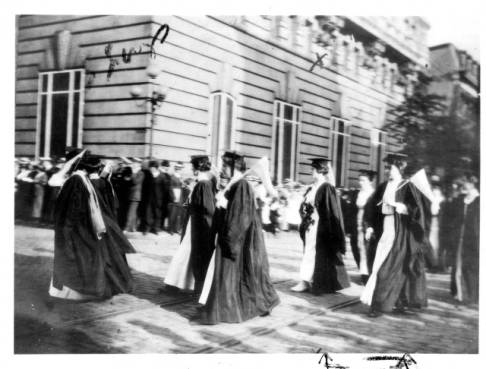
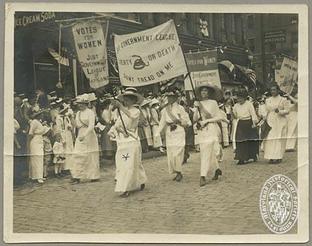
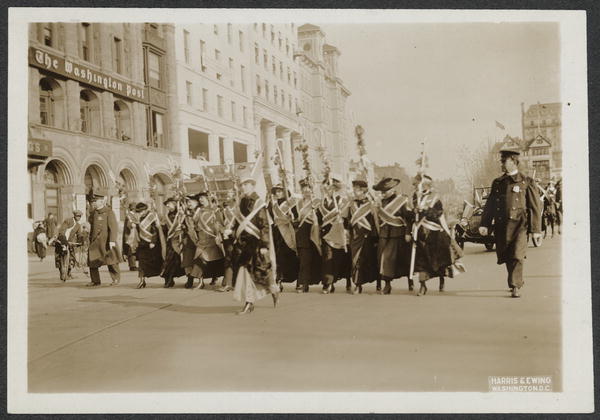
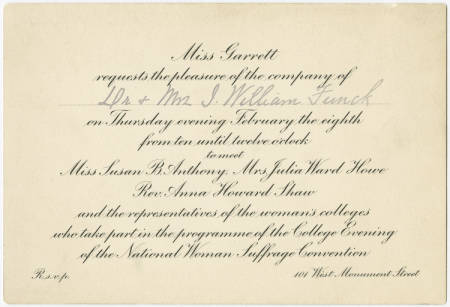


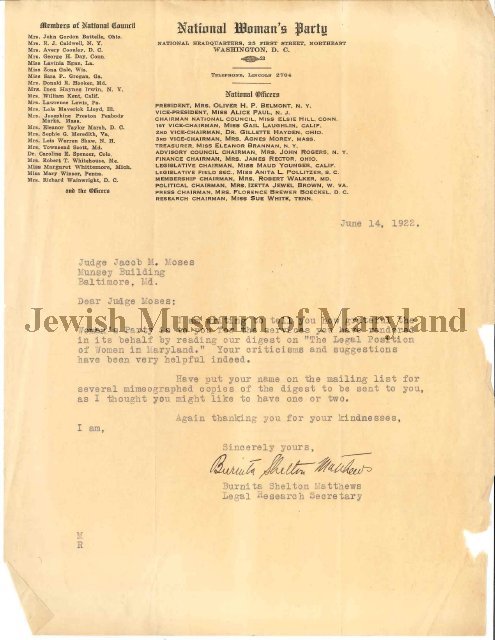

 RSS Feed
RSS Feed